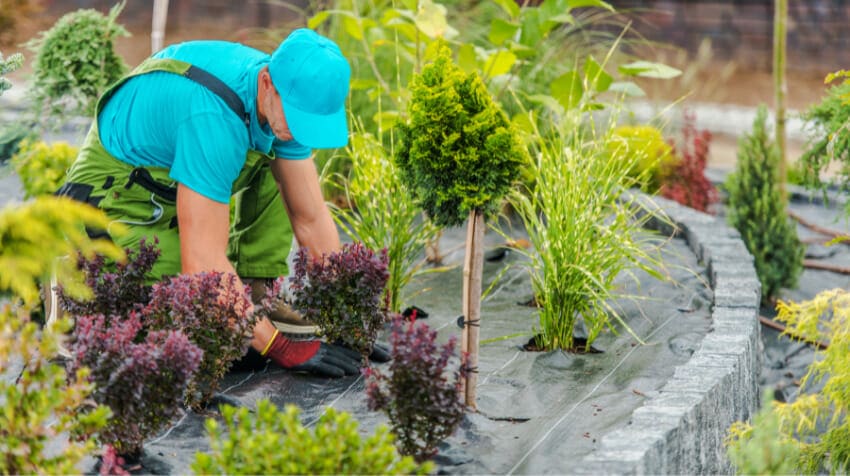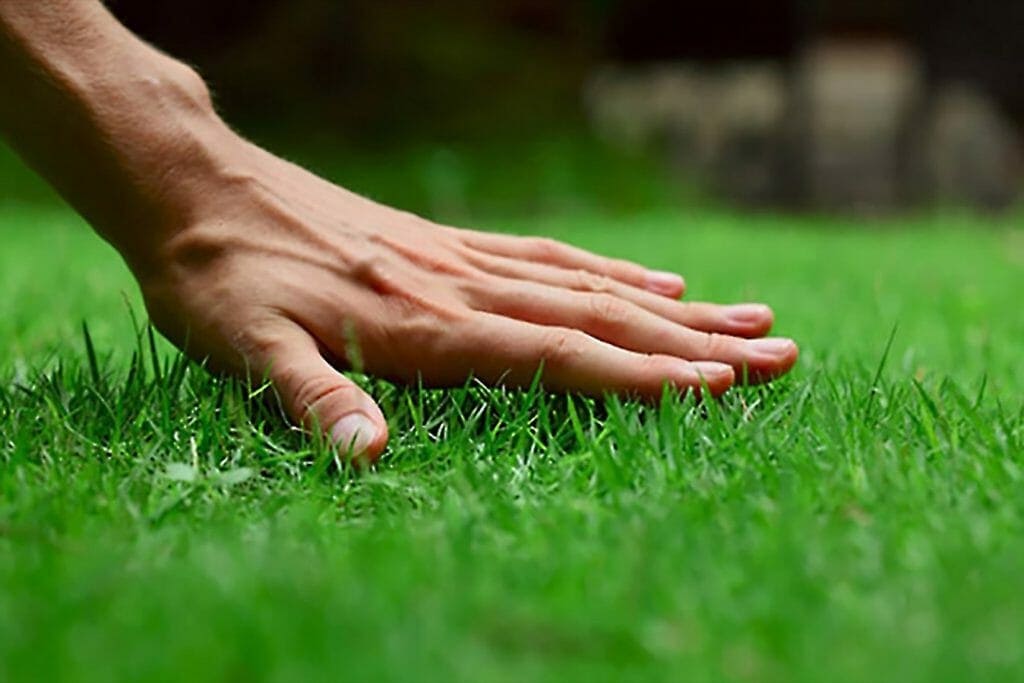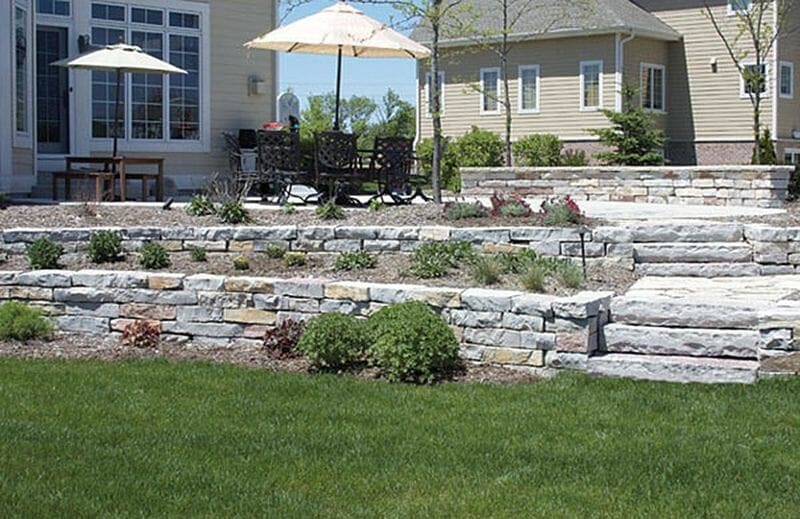Nurturing Your Outdoor Oasis: Expert Tips and Tricks for Effortless Garden Maintenance Throughout the Year
Do you love spending time in your garden but dread the thought of all the maintenance work that comes with it? Maintaining a flourishing garden year-round doesn’t have to be an overwhelming task.
With some careful planning, smart watering strategies, and regular pruning and trimming, you can keep your outdoor haven healthy and thriving without spending hours on end working on it.
In this article, we’ll share with you some practical tips and tricks to help you achieve effortless garden maintenance. We’ll cover everything from soil health to pest control so that you can enjoy your beautiful garden without being bogged down by the tedious upkeep.
So put on your gardening gloves and get ready to learn how to keep your garden blooming year-round!
Plan Ahead
As you look ahead to the upcoming seasons, it’s wise to prepare in advance and consider the steps needed for successful garden upkeep.
One of the best ways to ensure your garden stays healthy year-round is by designing a layout that takes into account seasonal changes. For example, if you live in an area with harsh winters, you may want to plant evergreens or shrubs that can withstand cold temperatures. On the other hand, if you live in a hot and dry climate, choose plants that require less watering and are drought-resistant.
Additionally, think about the placement of your plants and how they will be affected by sunlight throughout the day. It’s important to understand which areas receive direct sunlight versus those that are shaded so you can make informed decisions when selecting plants.
By planning ahead and taking these factors into consideration, you’ll set yourself up for success when it comes to effortless garden maintenance.
Now let’s move on to implementing watering strategies that will keep your garden thriving.
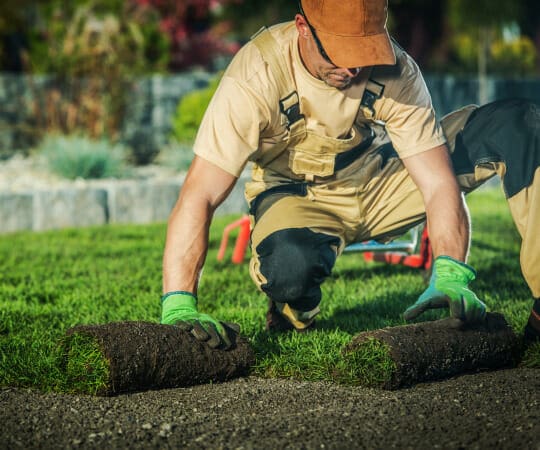
Implement Watering Strategies
Imagine your garden as a thirsty traveler on a long journey, constantly in need of replenishment to survive the harsh elements of nature. To keep your garden flourishing year-round, it’s important to implement watering strategies that will provide consistent hydration without wasting water or damaging your plants.
One effective method is drip irrigation, which delivers water directly to the roots of plants through small tubes or pipes. This not only conserves water by reducing evaporation and runoff but also prevents overwatering and reduces the risk of disease.
Another way to save water while keeping your garden hydrated is by using rain barrels to collect rainwater. These barrels can be placed under downspouts or gutters and used later for watering your plants. Not only does this save money on your water bill, but it also provides a natural source of nutrients for your plants since rainwater contains essential minerals such as nitrogen and phosphorus.
To maintain soil health, it’s important to incorporate organic matter into the soil and avoid compacting it with heavy machinery or foot traffic.
Maintain Soil Health
You can ensure the longevity of your soil’s health by incorporating organic matter and being mindful not to compact it through heavy machinery or too much foot traffic.
Organic matter such as composted leaves, grass clippings, or food scraps can be added to your garden beds to improve soil structure, drainage, and fertility. Composting benefits extend beyond just healthy soil; it also reduces waste and helps the environment.
When adding organic matter to your garden beds, make sure to mix it with existing soil thoroughly. This will ensure that nutrients are evenly distributed for maximum plant growth. In addition to using organic matter, nutrient supplements such as bone meal or fish emulsion can also help maintain soil health.
These supplements provide plants with necessary nutrients that may be lacking in the natural soil composition. However, be cautious not to overuse these supplements as they can cause harm to plants if applied excessively.
By maintaining healthy soil through organic matter incorporation and nutrient supplementation, you are setting up your garden for success year-round. Now let’s move on to pruning and trimming regularly for optimal plant growth and aesthetics.
Prune and Trim Regularly
To keep your plants healthy and looking great, don’t forget to regularly prune and trim them using the age-old adage: ‘a little bit goes a long way’. Proper tools, timing, and techniques are essential when it comes to pruning and trimming.
For example, use sharp shears or clippers for clean cuts that promote faster healing. Timing is also important – avoid cutting during periods of active growth or flowering. Techniques vary depending on the type of plant – some may require thinning out while others need shaping.
While there are many dos to follow when pruning and trimming your garden, there are also several common mistakes to avoid. Don’t remove more than one-third of the plant’s foliage in a single session as this can shock the plant and stunt its growth. Avoid leaving stubs as they can cause disease or pests to enter the plant. Lastly, don’t cut back too hard on old wood as this will result in less blossoming the following season.
By following these tips and avoiding common mistakes, you’ll be able to keep your garden flourishing year-round with ease! Now let’s move onto protecting your garden from pests and diseases without delay.
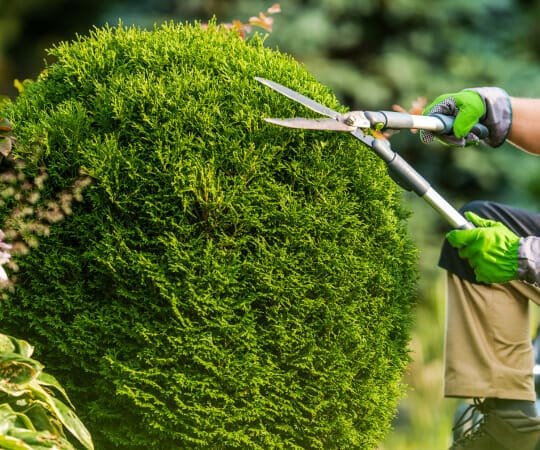
Protect Your Garden from Pests and Diseases
Protecting your garden from pests and diseases is crucial for ensuring the health and longevity of your plants, so don’t let these pesky intruders ruin all your hard work! One effective way to do this is by implementing an integrated pest management (IPM) program. This involves using a combination of natural remedies, such as companion planting and beneficial insects, along with targeted pesticide use only when necessary.
Here are three essential steps to get you started with IPM:
- Identify the pests and diseases in your garden: Check regularly for signs of damage or infestation, and research common issues in your area.
- Prevention is key: Encourage healthy plants by providing adequate water, sunlight, and nutrients. Consider using physical barriers like row covers or netting to keep pests away.
- Use targeted treatments if necessary: If prevention methods fail, consider using specific pesticides or insecticides that target the specific pest without harming beneficial insects or other wildlife in your garden.
By taking these steps towards protecting your garden from pests and diseases, you’ll ensure a flourishing outdoor haven year-round!
Frequently Asked Questions
What are some common mistakes people make when planning their garden?
When planning your garden, it’s easy to get carried away with the excitement of all the beautiful plants you want to include. However, one common mistake people make is not choosing appropriate plants for their climate and soil type.
It’s important to do your research beforehand to ensure that the plants you choose will thrive in your particular area. Another mistake is improper spacing between plants. Overcrowding can lead to competition for resources and stunted growth.
Make sure to follow recommended spacing guidelines for each plant. By taking these factors into consideration, you’ll set yourself up for a successful and flourishing garden that will bring joy year-round.
How can I conserve water while still keeping my garden healthy?
Conserving water is essential for keeping your garden healthy, especially during droughts. One way to do this is by harvesting rainwater. You can do this by placing barrels or containers under downspouts to collect rainfall. You can then use this water to irrigate your plants instead of relying on municipal water sources.
Another way to conserve water is by choosing drought-resistant plants that require less watering and are better suited for the climate in your area. These plants have adapted to survive with minimal amounts of water and will thrive even during dry spells.
By implementing these practices, you can maintain a healthy garden while also doing your part in conserving our precious resources.
What are some natural ways to improve soil health?
If you want to improve the soil health in your garden, there are several natural methods you can use. One effective technique is making compost tea. This involves steeping compost in water and then using the resulting liquid to nourish your plants. This method provides a range of nutrients that can help boost plant growth and increase soil fertility.
Another way to improve soil health is by planting cover crops, such as clover or rye grass. These can help prevent erosion and add organic matter back into the soil. By implementing these techniques, you’ll be able to create a thriving outdoor haven for yourself without breaking the bank on expensive fertilizers or other costly products.
How often should I prune and trim my plants?
To keep your plants looking their best, it’s important to know how often to prune and trim them. The frequency of pruning will depend on the type of plant you have.
Some plants need to be pruned regularly, while others only need occasional trimming. As a general rule, you should prune flowering shrubs after they bloom, and evergreen shrubs in late winter or early spring before new growth begins.
When it comes to trimming techniques, always use sharp tools and make clean cuts at a 45-degree angle just above a leaf node or bud. Avoid cutting too much at once as this can shock the plant and cause damage.
By following these simple guidelines for pruning frequency and trimming techniques, you’ll be able to maintain healthy and vibrant plants all year round.
What are some effective ways to deter pests without using harmful chemicals?
Are pesky critters wreaking havoc on your garden? Fear not, there are plenty of non-toxic pest control methods available to keep them at bay.
Organic repellents, such as neem oil and garlic spray, can work wonders in deterring insects without harming beneficial wildlife.
Additionally, introducing natural predators like ladybugs or praying mantises can help balance the ecosystem and keep populations under control.
Don’t let harmful chemicals take a toll on your garden’s health – try these safe and effective options for a thriving outdoor haven.
Conclusion
Congratulations! You now have all the tips and tricks you need to keep your garden flourishing year-round without putting in too much effort. Just remember to plan ahead, implement watering strategies, maintain soil health, prune and trim regularly, and protect your garden from pests and diseases.
Now that you know how to effortlessly maintain your outdoor haven, it’s time to put these tips into action. Imagine sitting on your porch or patio surrounded by lush greenery and beautiful blooms as you sip on a refreshing glass of lemonade. Your garden is now the envy of the neighborhood!
So go ahead, get out there and start planting. With these easy maintenance techniques at your fingertips, nothing can stop you from having a thriving garden all year long.
In conclusion, with a little bit of planning and care, maintaining a beautiful garden doesn’t have to be a chore. By following these simple steps, you can keep your outdoor space looking gorgeous without breaking a sweat. Remember: great gardens take time to grow but they’re worth it in the end.
So, roll up your sleeves and get started today! After all, Rome wasn’t built in a day but with patience and persistence, anything is possible – even an effortless garden maintenance routine!
Related Sources

